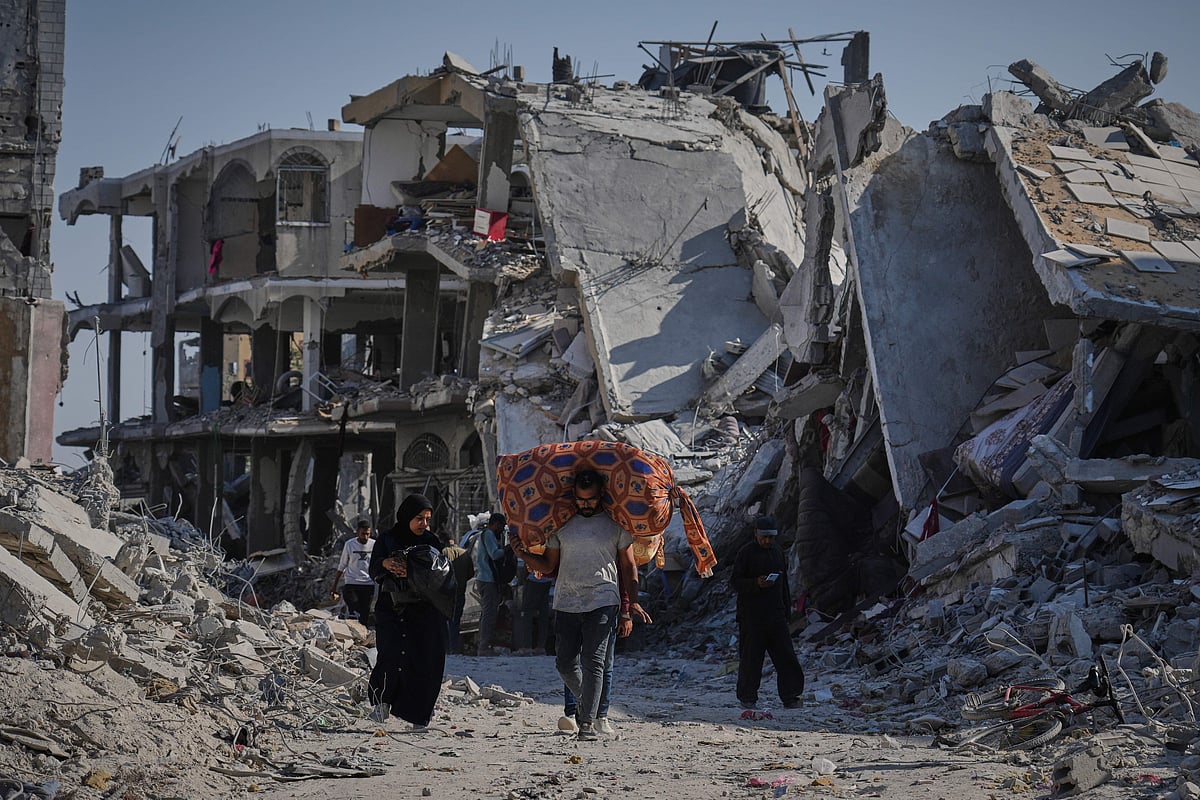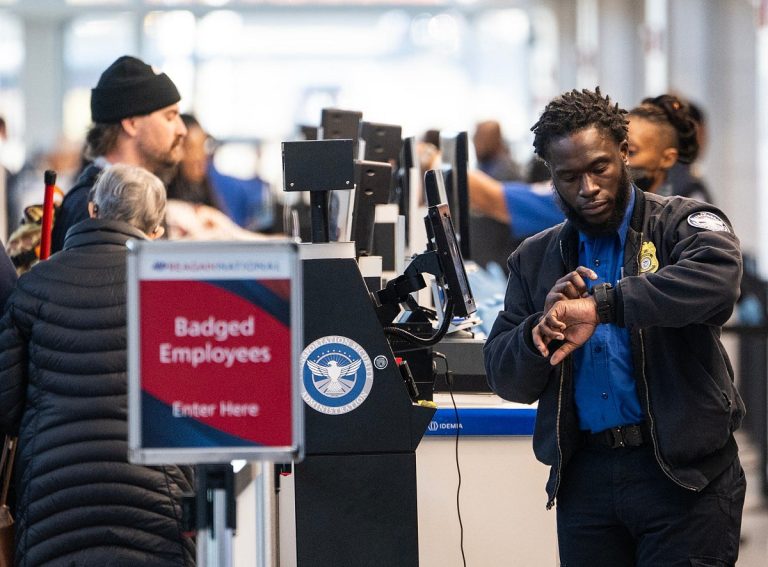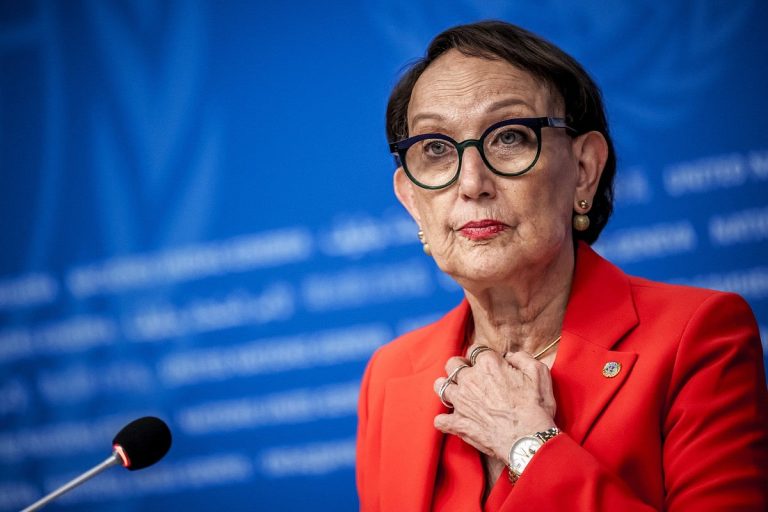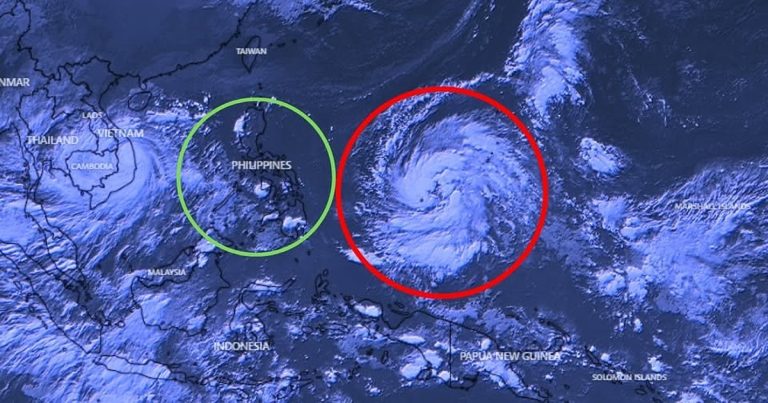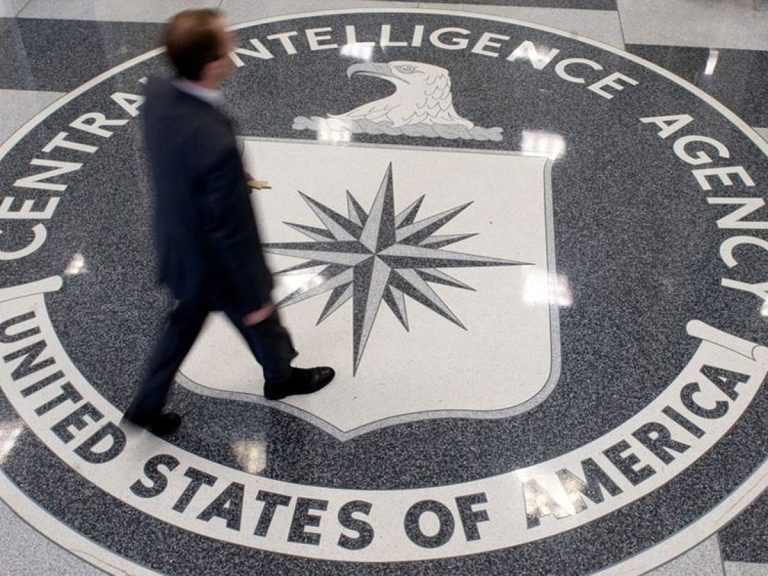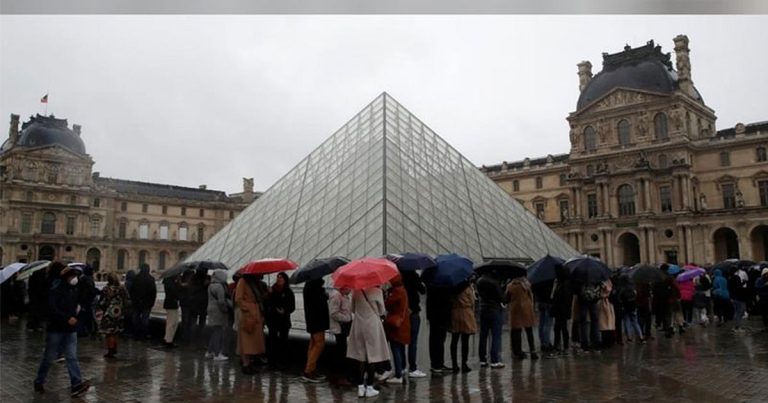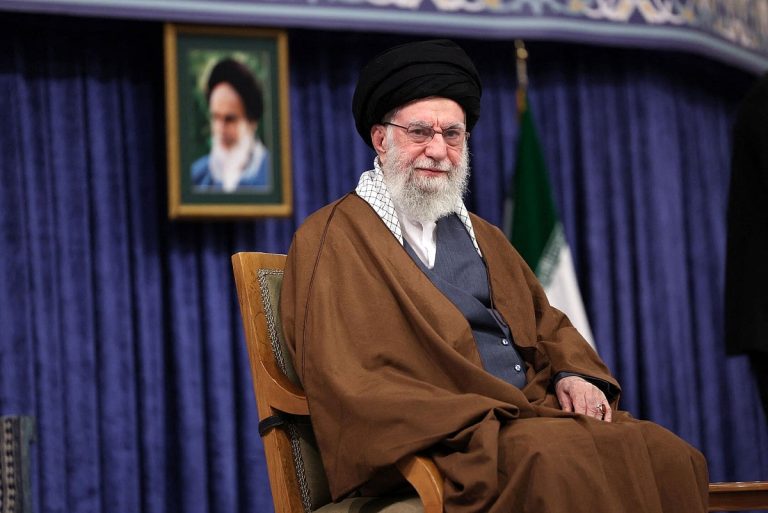Gazans Return to Devastated Homes Amid Ceasefire
As a tenuous ceasefire holds, many displaced Palestinians are returning to Gaza City, only to confront the stark reality of their devastated neighborhoods. The once vibrant streets are now silent, marked by the remnants of homes and businesses destroyed during prolonged conflict.
The Aftermath of Conflict
In the northwest of Gaza City, the landscape has dramatically changed. Hossam Majed, a 31-year-old resident, is among those searching through the ruins of his home. “There’s no electricity, no water, no internet,” he lamented. The scarcity of food has also driven prices up, forcing him to walk over a kilometer just to fill two containers with water.
Lives Shattered
Umm Rami Lubbad, who fled to Khan Yunis with her children during the height of the fighting, returned to find her home completely destroyed. “My heart nearly stopped when I saw the rubble,” she shared, highlighting the dire conditions as her family now sleeps in the open without even a tent for shelter.
Makeshift Shelters and Lost Hope
Survivors across the city have begun to erect makeshift shelters from the debris of their former lives. Ahmad al-Abbasi, whose five-story building was reduced to rubble, now lives under a sheet supported by iron rods. “We came back to rebuild our lives,” he stated, but the reality is grim as Gaza resembles a ghost town.
For Mustafa Mahram, the loss is overwhelming. His three-story home lies in ruins, and he expressed his despair: “Everything’s gone, turned to ashes. No water, no food — nothing left but rubble.” Amidst the destruction, residents cling to a fragile hope that the ceasefire will endure long enough for them to begin rebuilding their lives, even if it’s just a small corner of what once was home.
FAQs
What is the current situation in Gaza City?
Gaza City is experiencing a fragile ceasefire, allowing displaced residents to return, but many find their homes destroyed and basic necessities scarce.
How are residents coping with the destruction?
Residents are salvaging what they can from the rubble and setting up makeshift shelters, but they face significant challenges, including a lack of water, electricity, and food.
What are the hopes of the returning residents?
Many residents hope that the ceasefire will hold long enough for them to start rebuilding their homes and lives, despite the overwhelming destruction they face.
Conclusion
The return of displaced Palestinians to Gaza City reveals a landscape of devastation and loss. As they navigate the challenges of rebuilding amidst ruins, the hope for a lasting peace remains a distant yet vital aspiration for the community.
The destruction in Gaza City is not just physical; it has deeply affected the social fabric of the community. Families that once thrived in close-knit neighborhoods now find themselves scattered, with many unable to return to their original homes. The psychological toll of the conflict is evident, as residents grapple with trauma and loss while trying to rebuild their lives. Community support networks, which were vital during the crisis, are strained as resources dwindle and the need for assistance grows.
International aid organizations are beginning to assess the situation, although access remains limited due to ongoing security concerns. Efforts to provide humanitarian assistance, including food, water, and medical supplies, are underway, but the scale of the destruction complicates these initiatives. Many aid workers face challenges in reaching those most in need, as infrastructure damage hampers transportation and delivery of essential goods. The rebuilding process will require not only physical resources but also a concerted effort to address the emotional and psychological needs of the returning residents.
As the ceasefire continues, the international community watches closely, hoping for a sustainable resolution to the ongoing conflict. The situation in Gaza serves as a reminder of the complexities of war and peace, where the immediate needs of the population must be balanced with long-term strategies for stability and recovery. The resilience of the Gazan people is evident, but the path forward remains uncertain, with many questioning how long the ceasefire will last and what the future holds for their communities.
Also Read:
Gold and Silver Prices Soar Amid Economic Concerns
Sharjah Charity Launches Winter Aid for Gaza Families
Unreturned Hostages’ Remains in Gaza: Families Seek Closure

